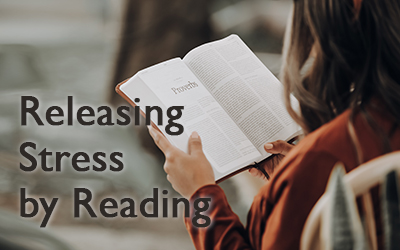ISY LEARNS
Tools that Support Learning

Eric Brown, Director of Curriculum & Learning
8 September 2020
Welcome to the ISY Learns Blog!
Over the next few weeks, I would like to introduce myself through a series of blog posts that provide a glimpse into my philosophy of education. Specifically, I hope to inspire you with how to engage students with the necessary tools to support the ISY Learning Cycle. In addition, I hope to provide you with how these can translate to the virtual learning situation in which we all find ourselves.
I love a diagram of a three legged stool when trying to describe the interdependence of factors to support a common goal. You may have seen the often used Stool of Sustainability or perhaps science teachers may have seen this stool demonstrating the 3D model of the NGSS. I was so inspired by these, I created this one for the social studies C3 framework at my former school district. Before I give you three legged stool fatigue, I offer you one more to model how we can support student learning in the classroom.

I believe the knowledge and skills that students learn from the academic standards are crucial to providing them with the necessary tools needed to transfer their learning to authentic and novel situations to critically think, be innovative, and solve problems. What supports this learning within the classroom are:
- Engaging students with inquiry to sustain their natural curiosity
- Fostering safe, positive, and meaningful relationships with students
- Providing precise and timely feedback of their progress
My most successful learning experiences have been when I have had support from all three of these areas, and I can think of several experiences I have had where, when one or more was missing, my learning fell flat.
For example, I have a strong desire and curiosity to improve my golf game and have developed strong relationships on the golf course to support this passion; however, until I receive proper feedback on how to improve, I will always just be a regular recreational golfer. In college, all of my roommates played the guitar (including a future Grammy award winner), so I had solid relationships with people who could provide me with proper feedback, but the reality was that I had no desire or curiosity to learn to play. Finally, I was a pretty decent baseball player growing up with a burning desire to improve and I had competent coaches but never really had that special relationship you see in all of the movies that led me to excel to the next level.
I can imagine that most of us have similar experiences when we reflect on previous learning. The times I have actually intentionally planned through all three of these factors when planning my lessons were the times I was most successful as a teacher. This is the heart of the craft and pedagogy of a teacher, and it should be understood that there is no mountaintop in education.
With that said, I would like to offer you some of my thoughts over the next several weeks on the tools to support learning beginning with engaging students with inquiry to sustain their natural curiosity. I look forward to learning with each and every one of you.
Previous ISY Learns Posts
The Impact of the MISCA Network
ISY’s High School Counselor Mick Amundson-Geisel provides insight on how the MISCA Network has impacted not only his practice but the lives our our ISY students.
ISY Learns Updates – December Edition
This December Edition of ISY Learns Update provides a brief update of Quarter 3 planning as well as interesting/helpful updates for ISY teachers.
Engaging Students to Ask Better Questions
“The important thing is not to stop questioning. Curiosity has its own reason for existing.” – Albert Einstein. This post talks about how to get students to ask better questions and why that’s important.
Releasing Stress by Reading
Danny McCamlie explores how reading can reduce stress for adults. Looking at a study from the University of Sussex he looks at what books to pick and what to avoid.
Activating Curiosity
This next blog post features the first leg of our tools that support learning – curiosity. We’ll dive into how you can activate students’ curiosity by having them make observations of a provocation.





